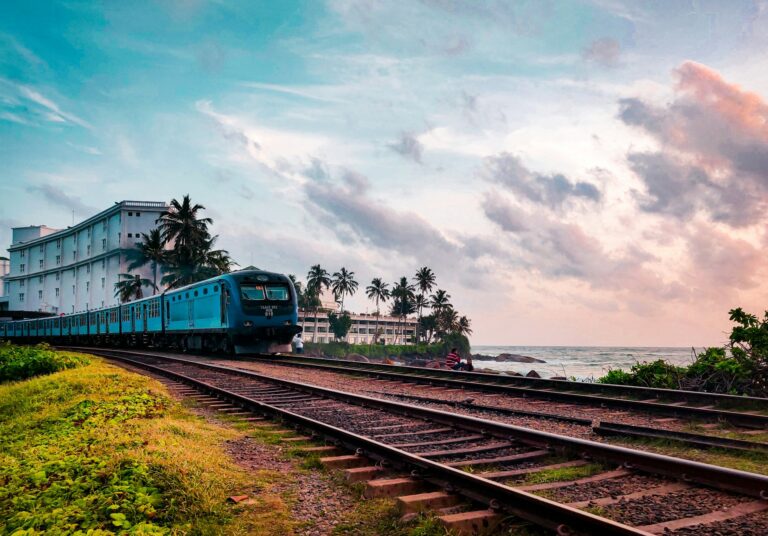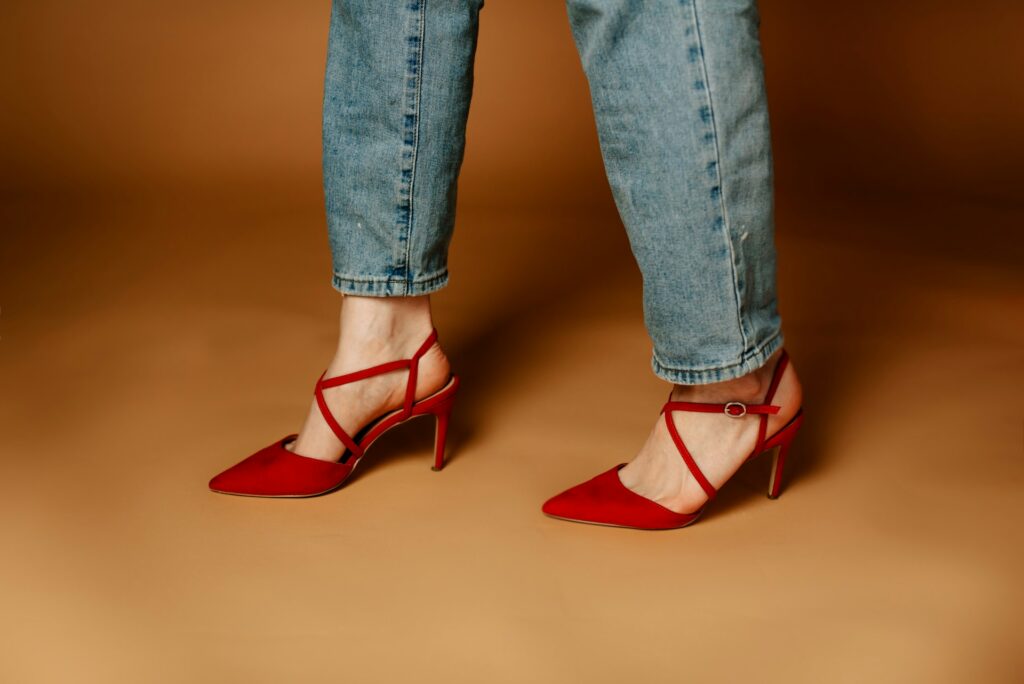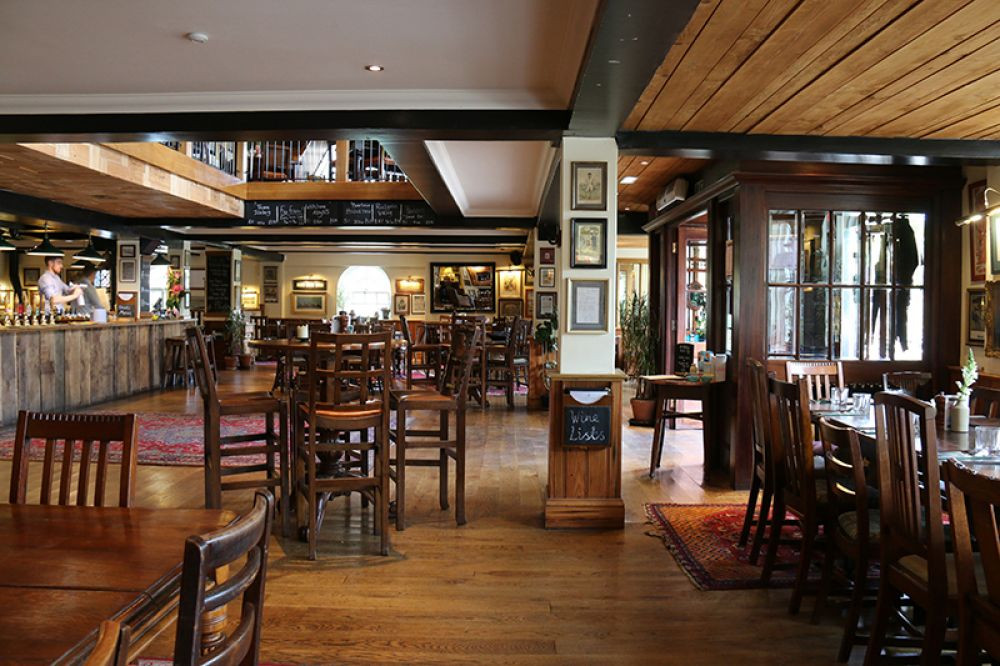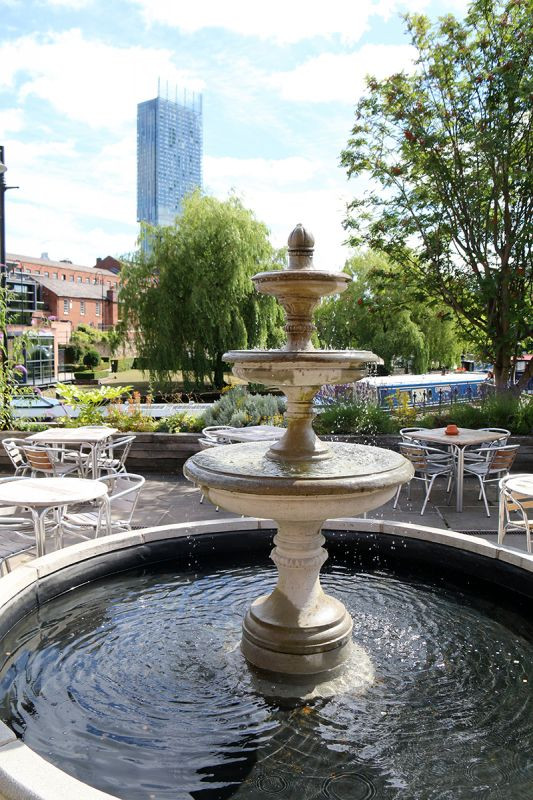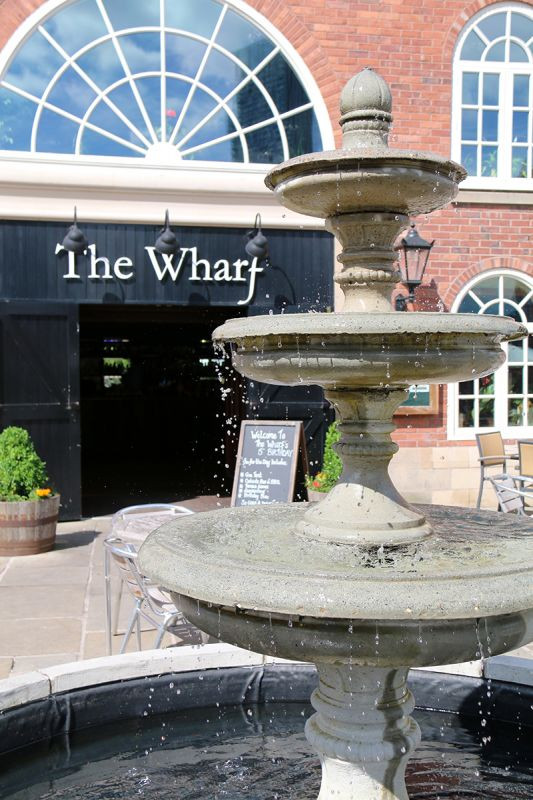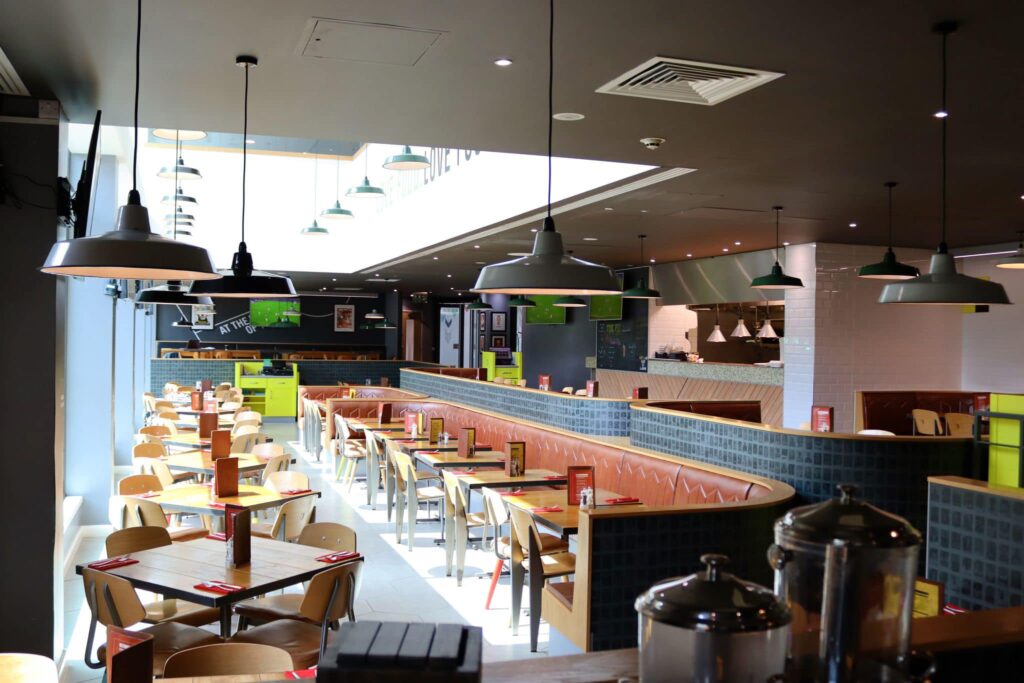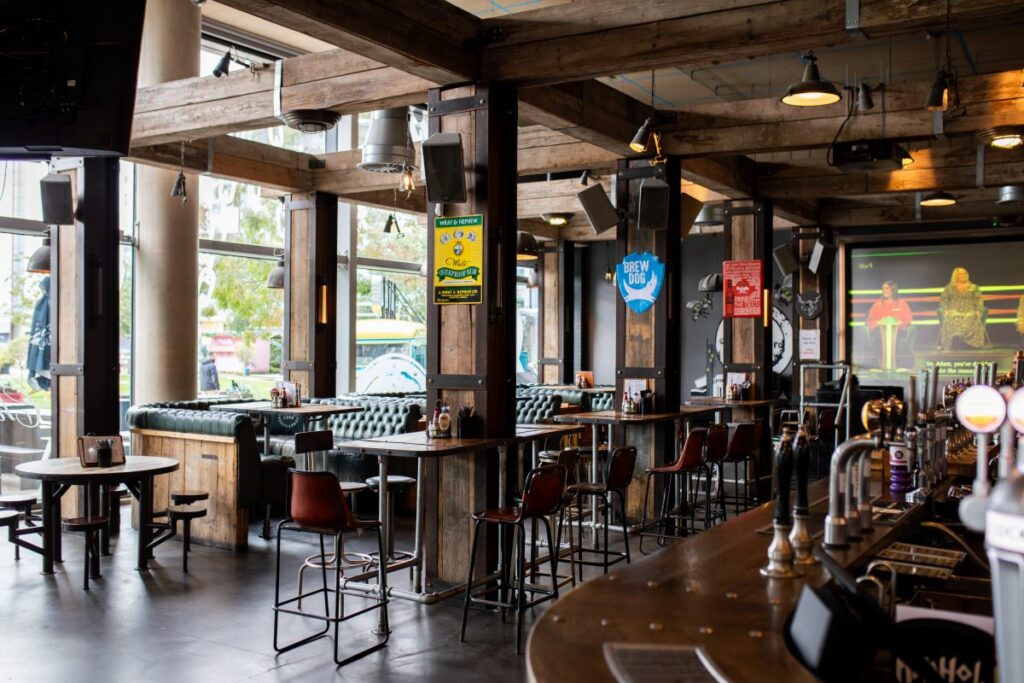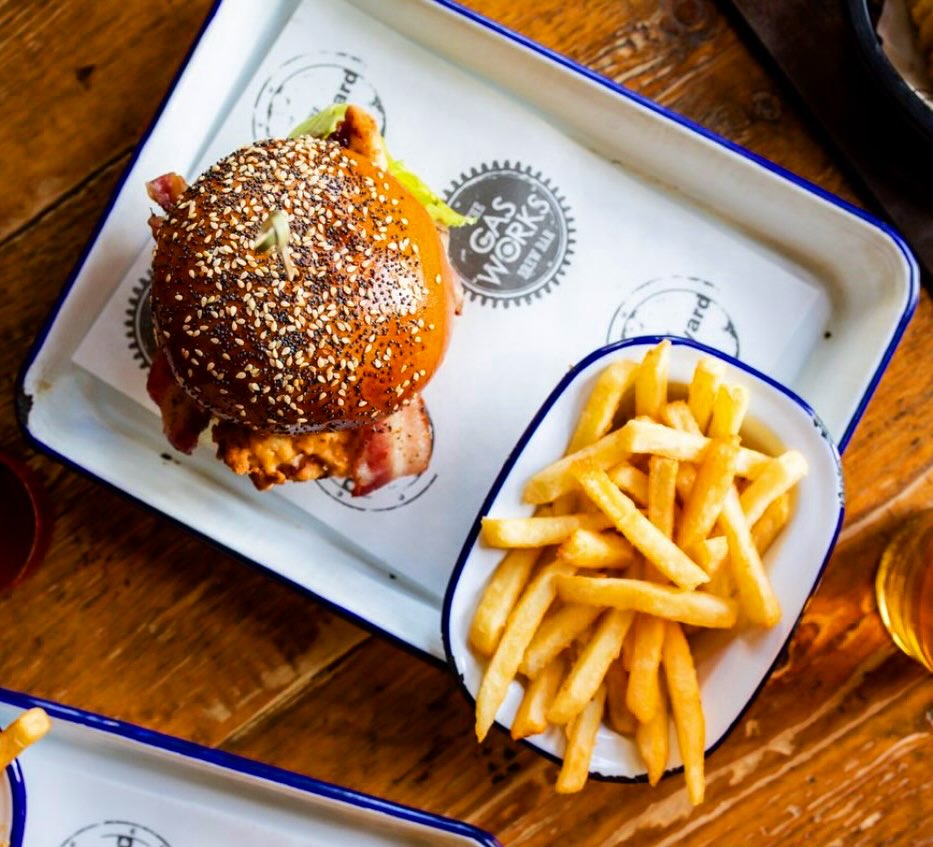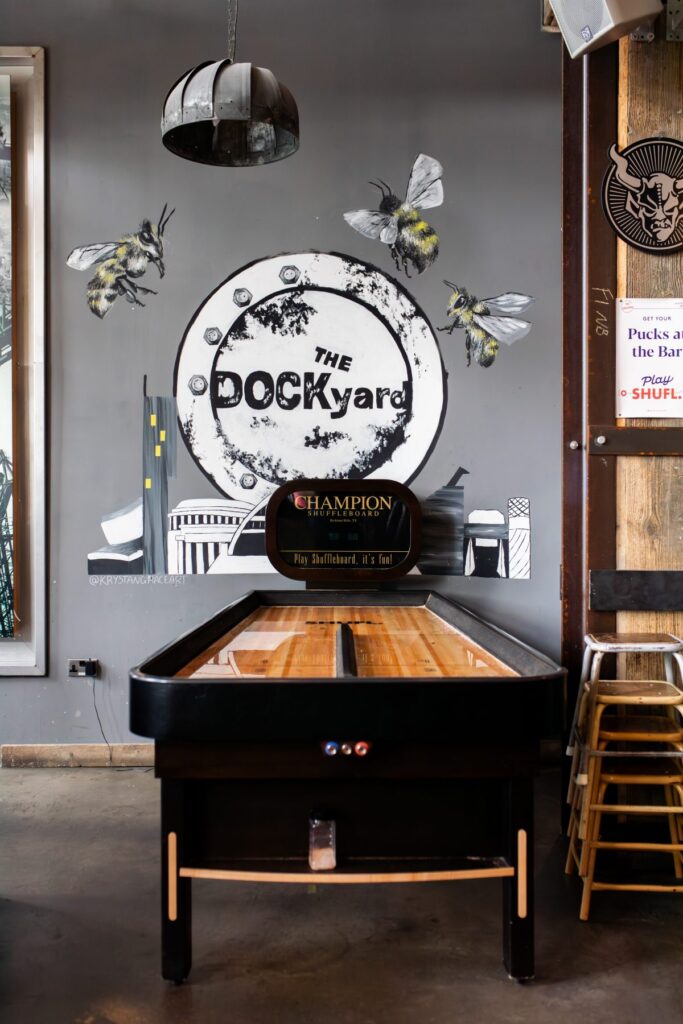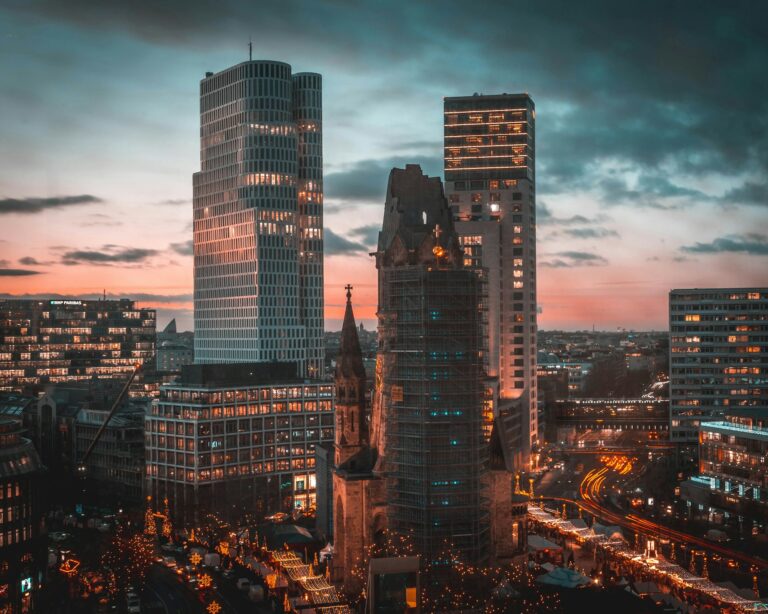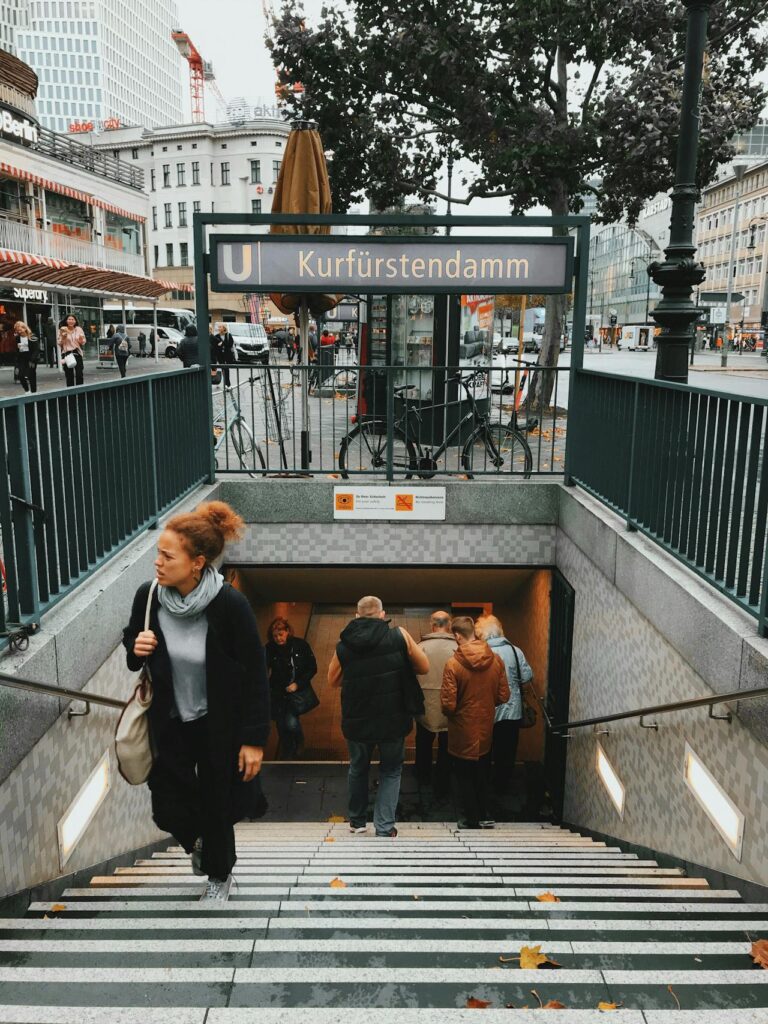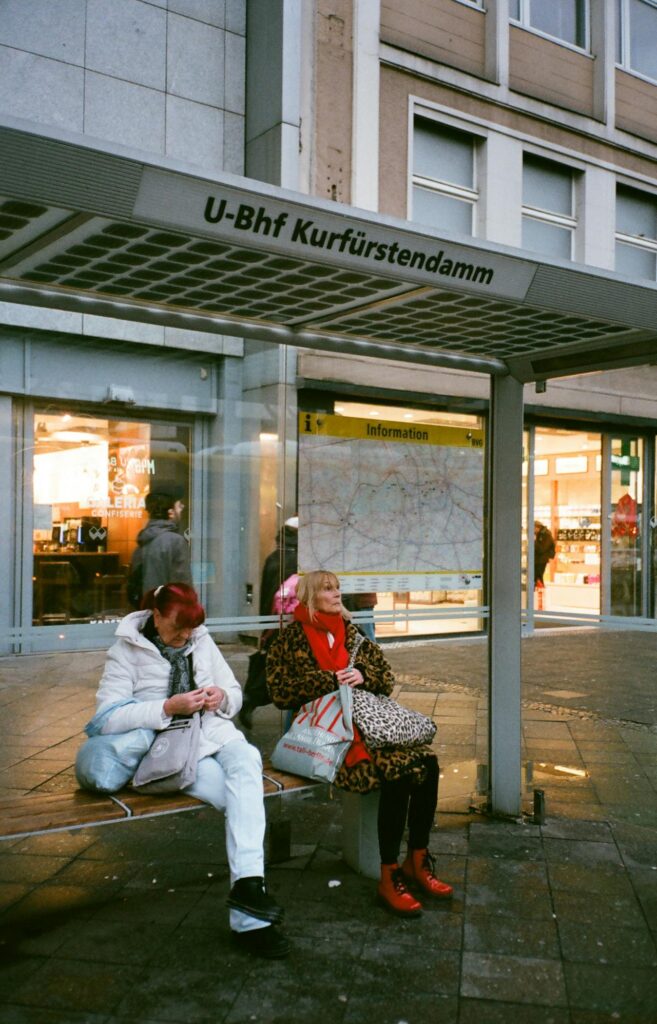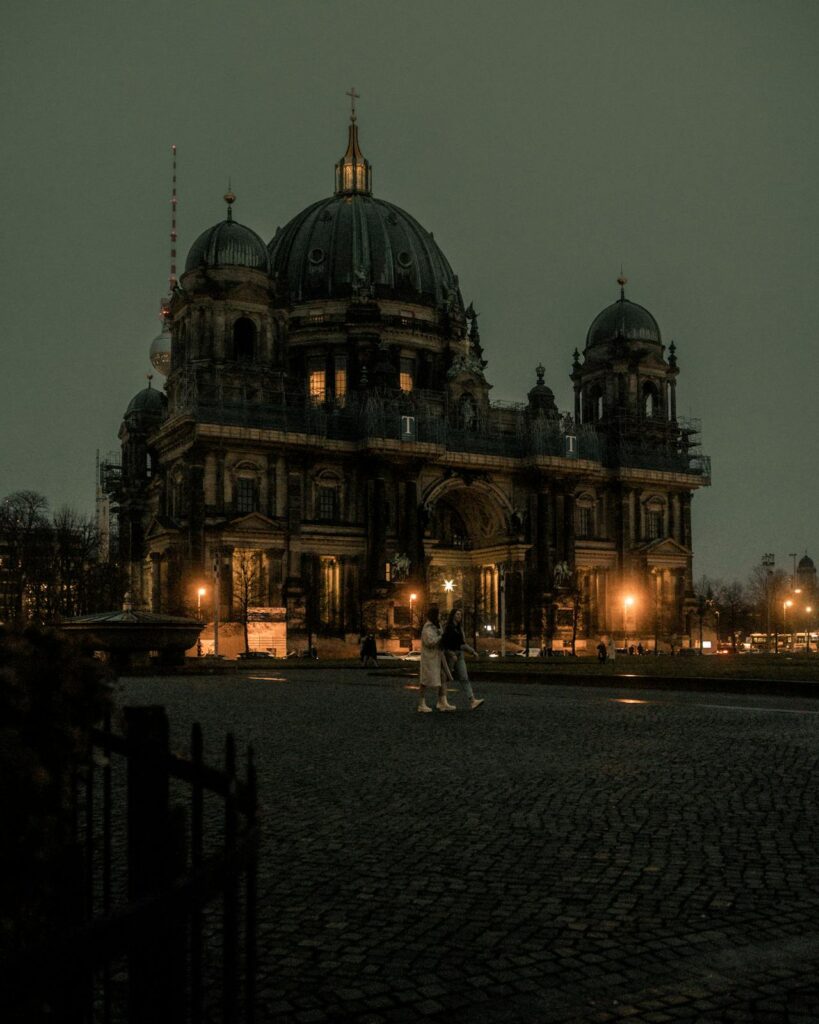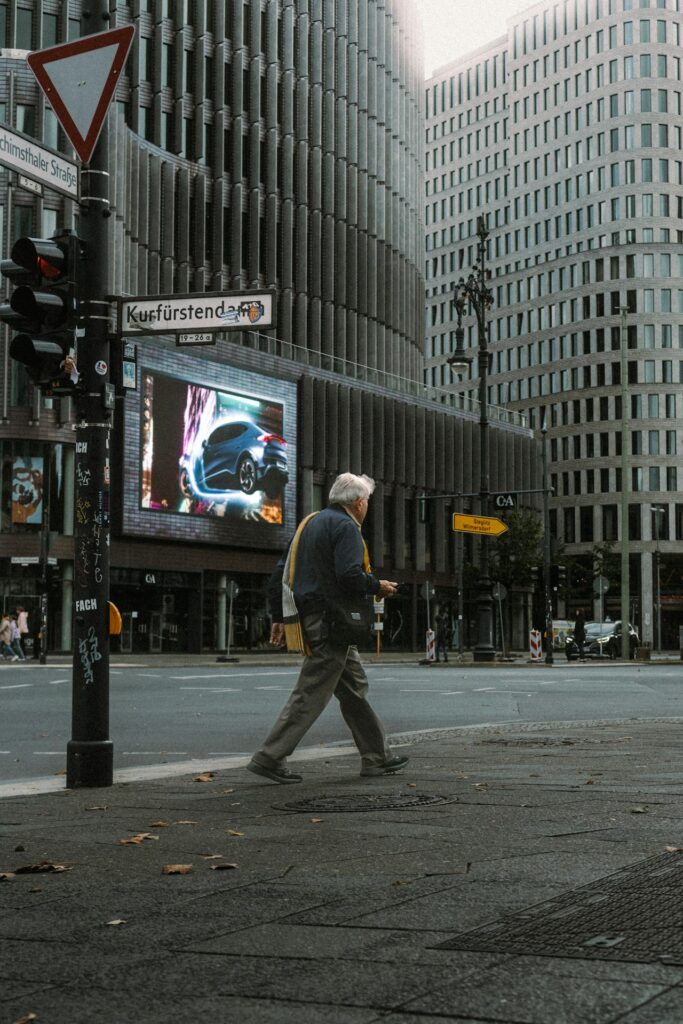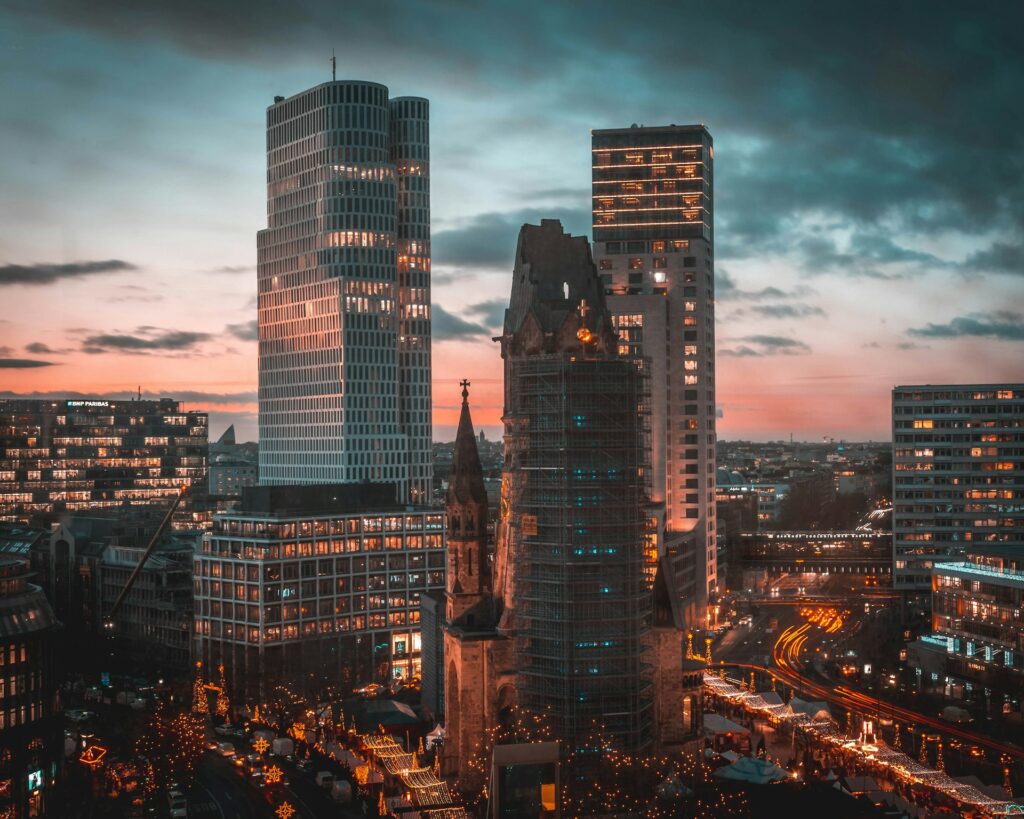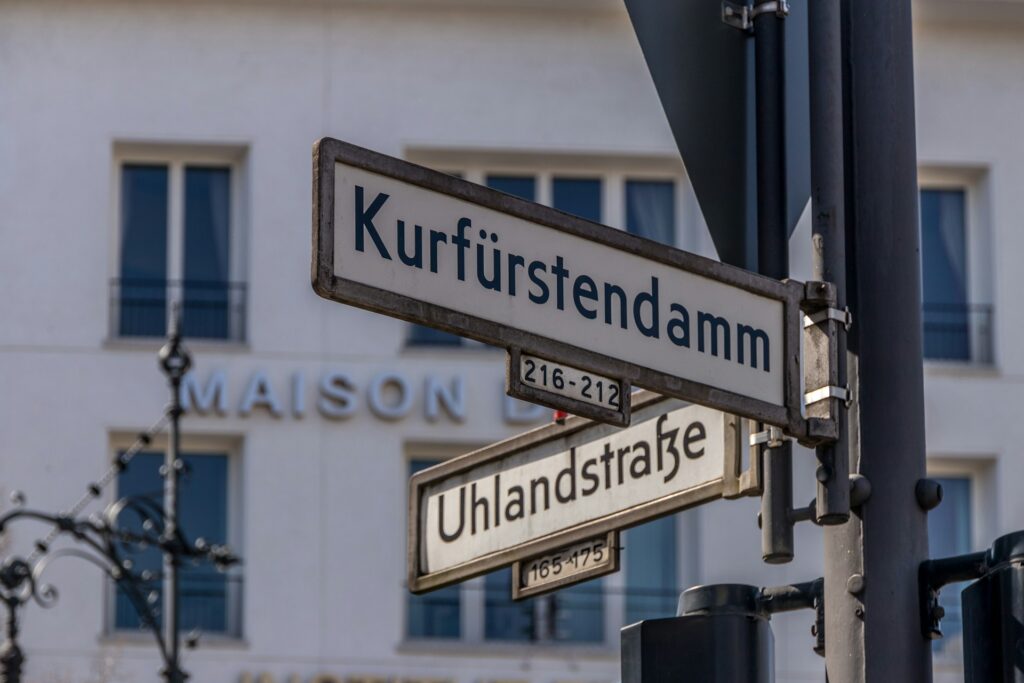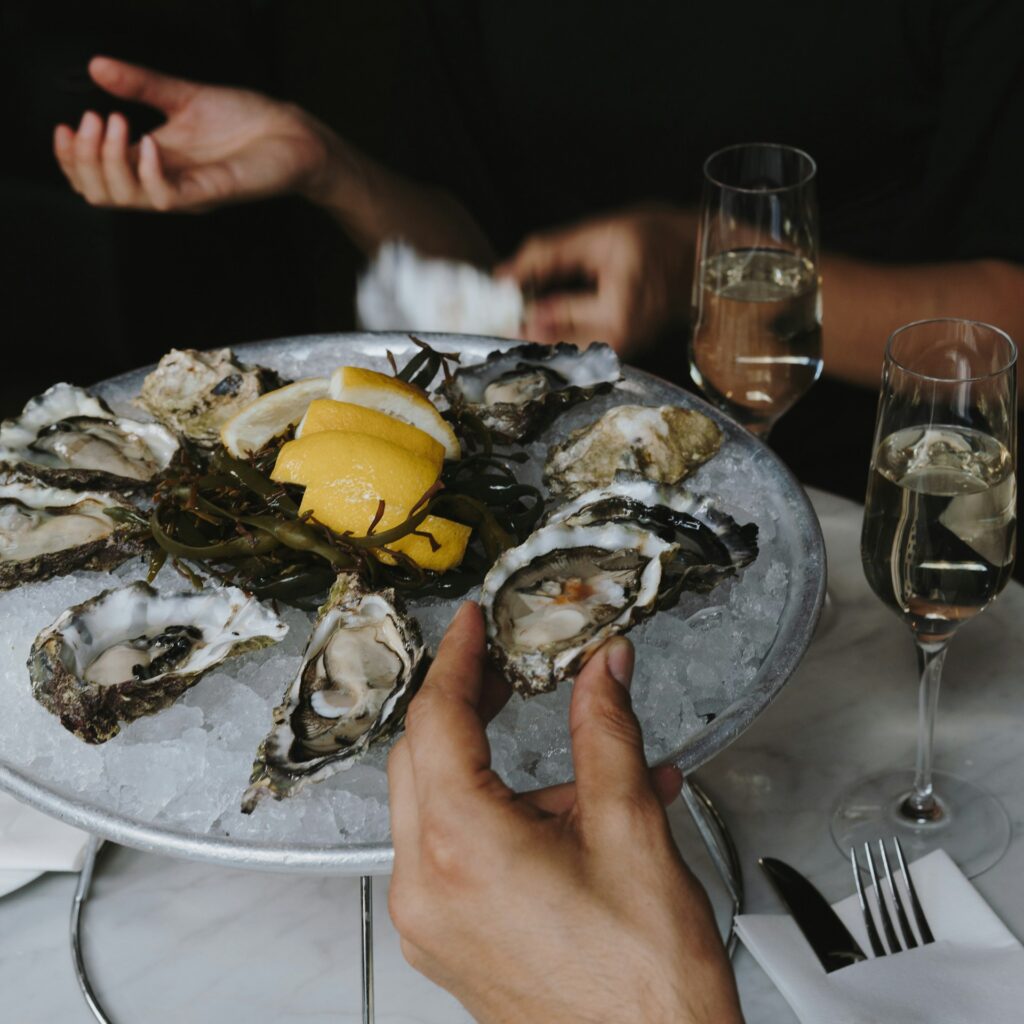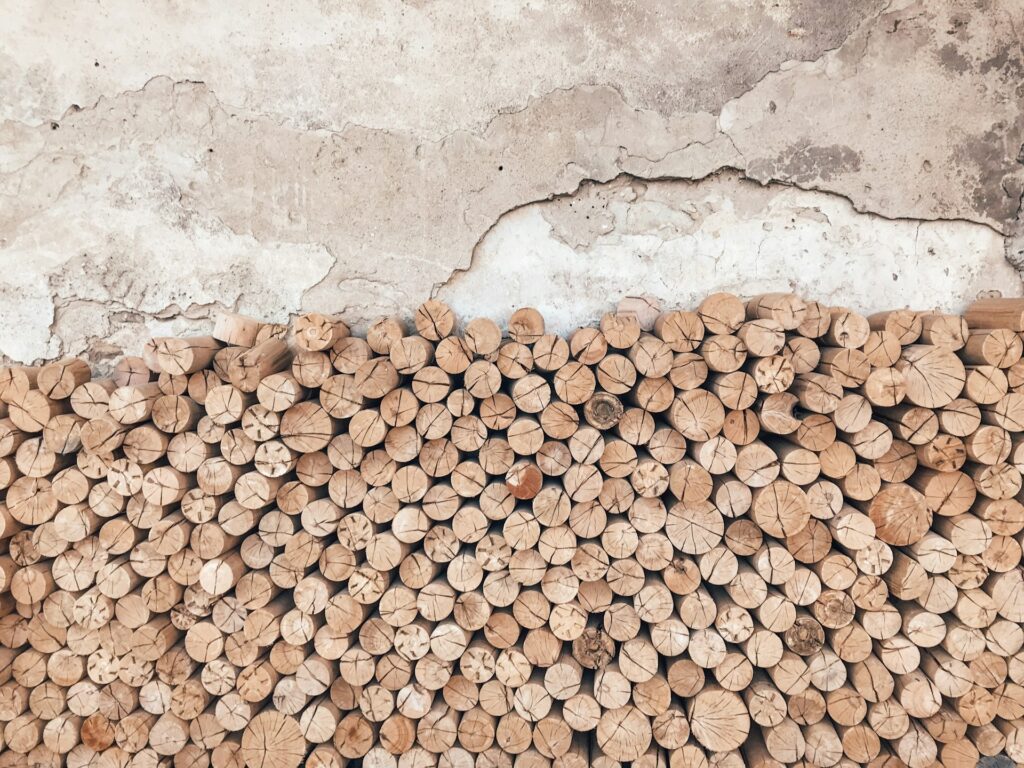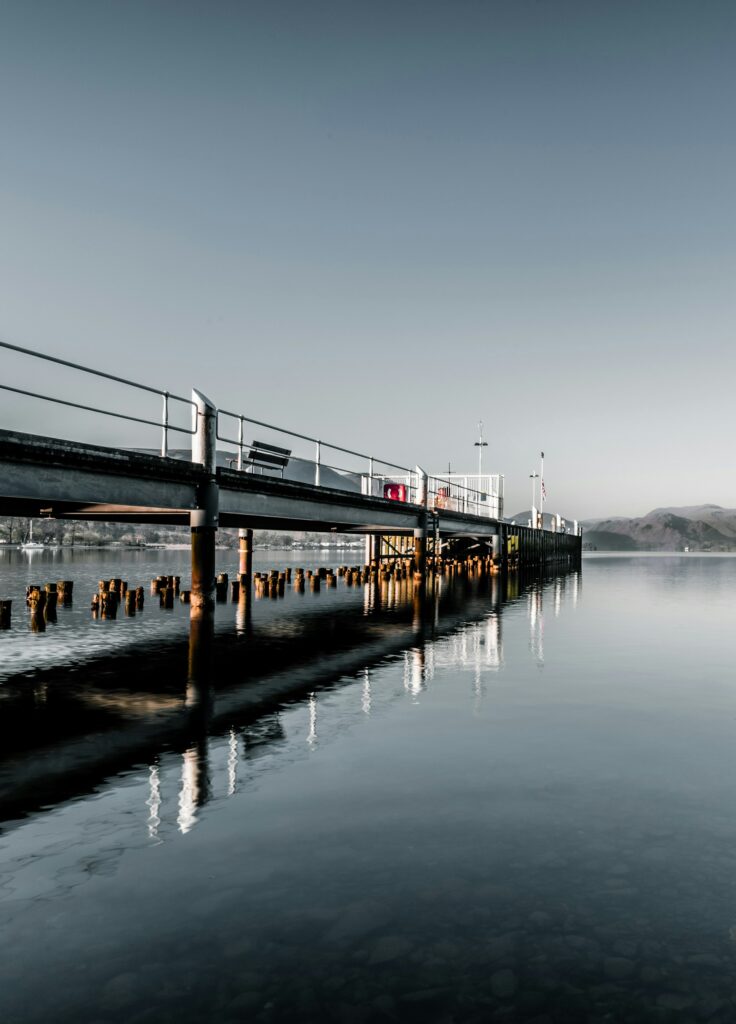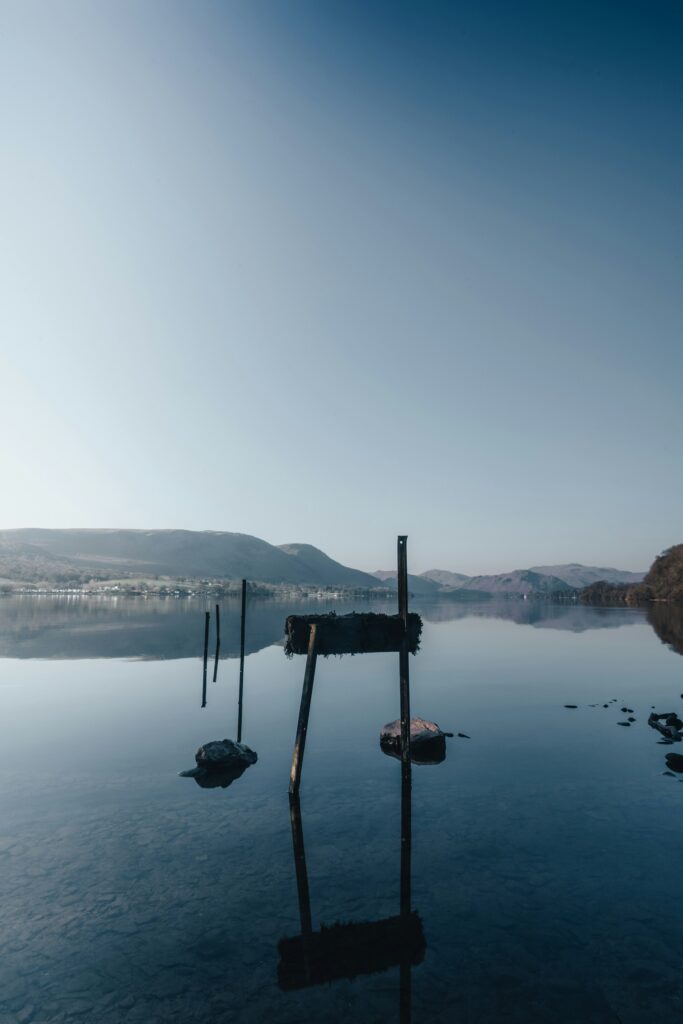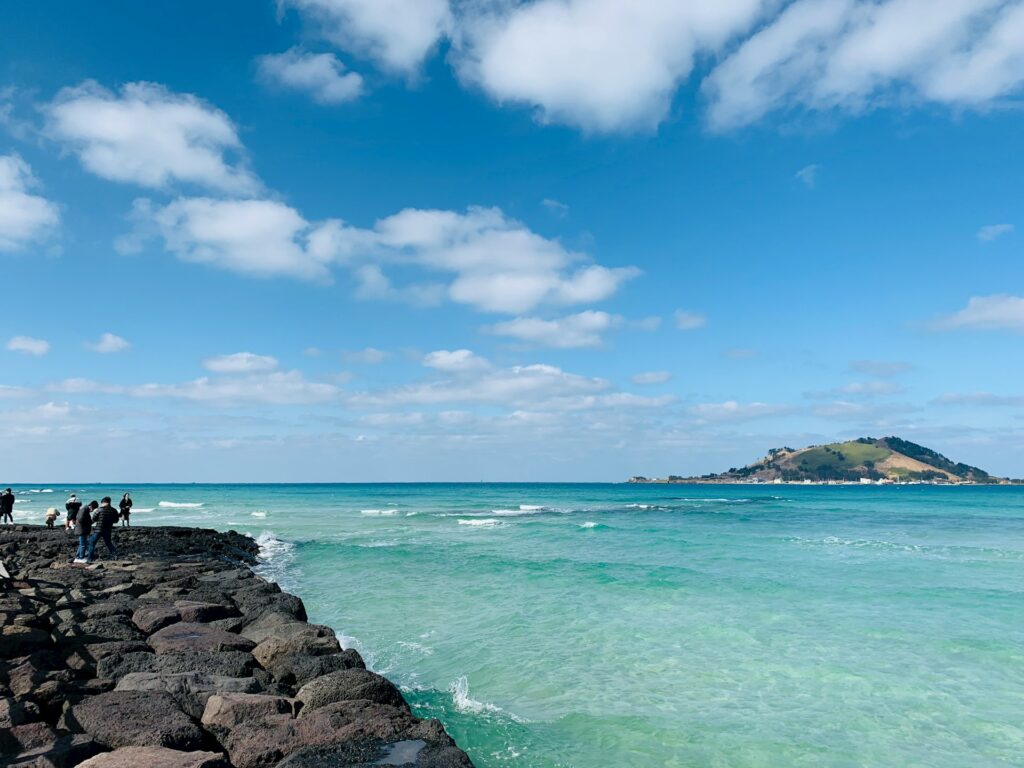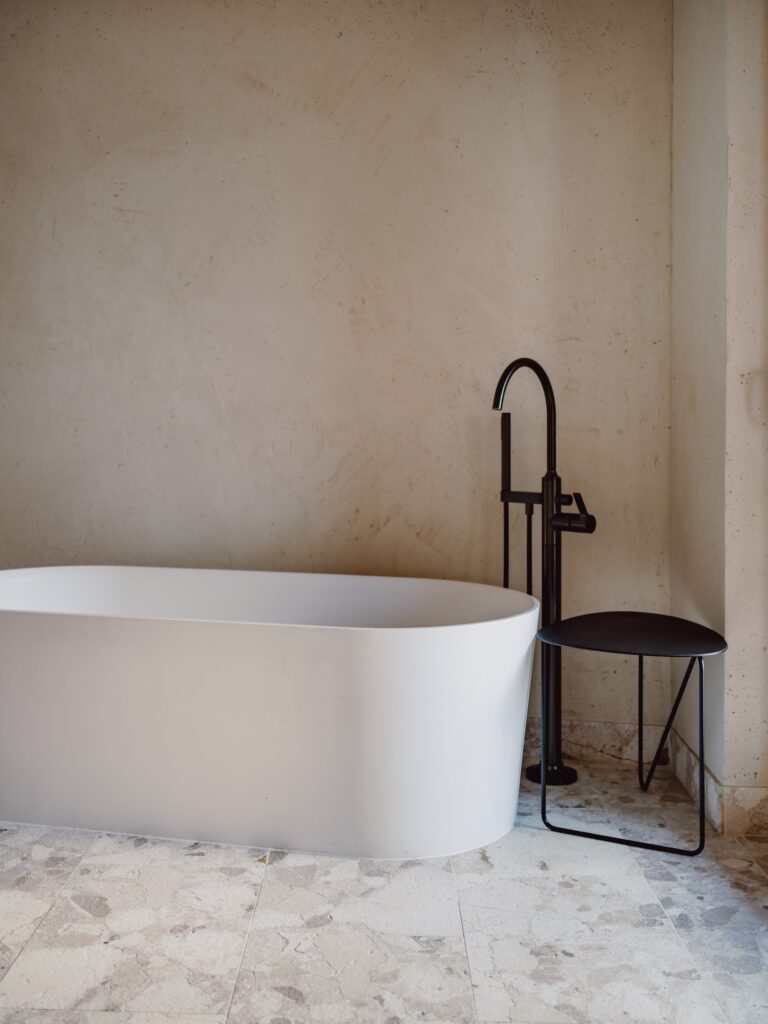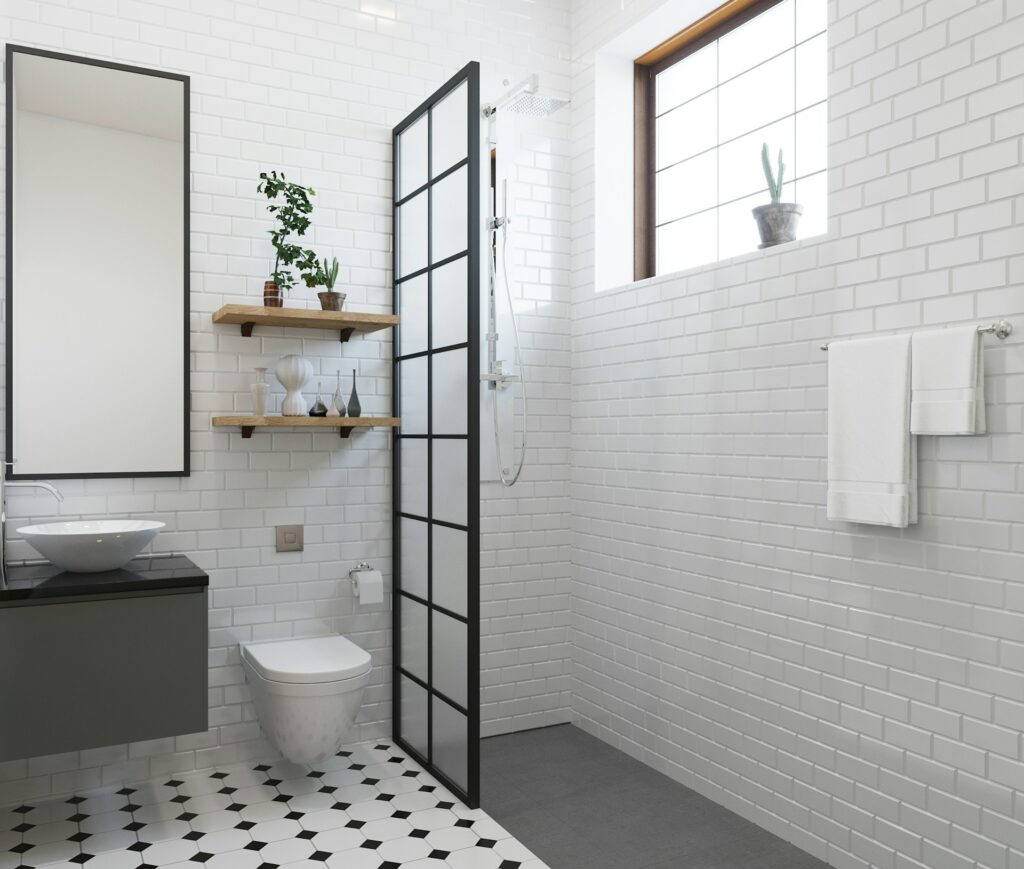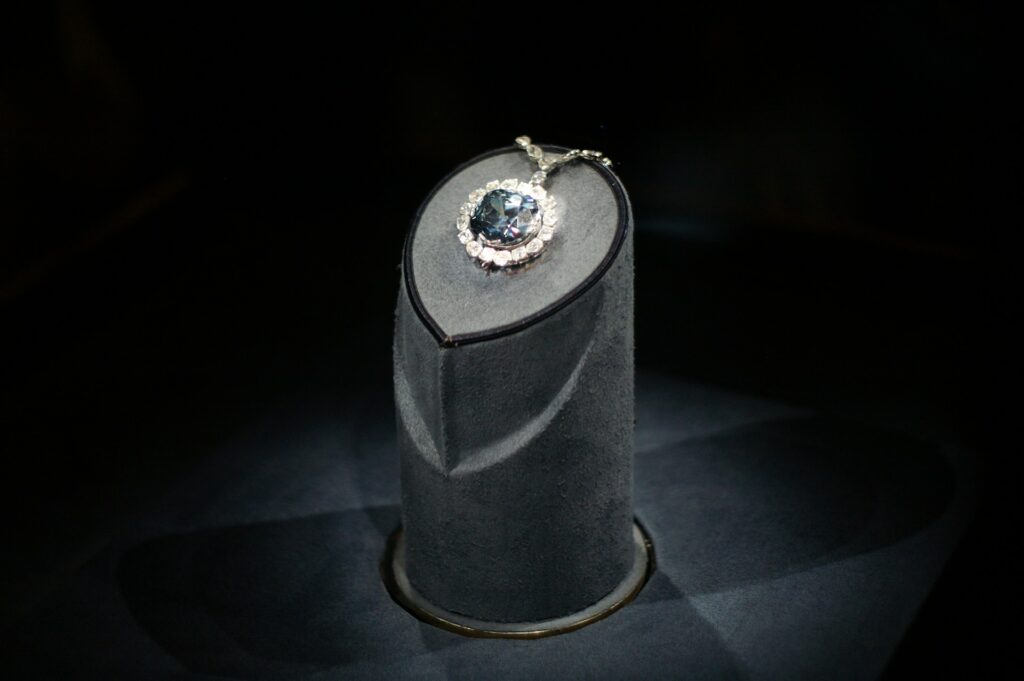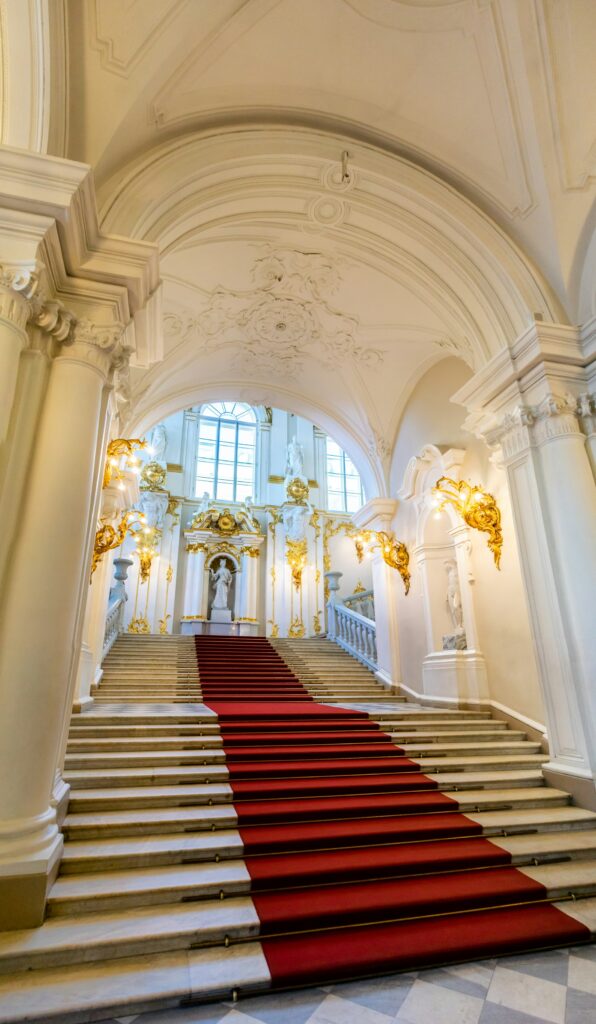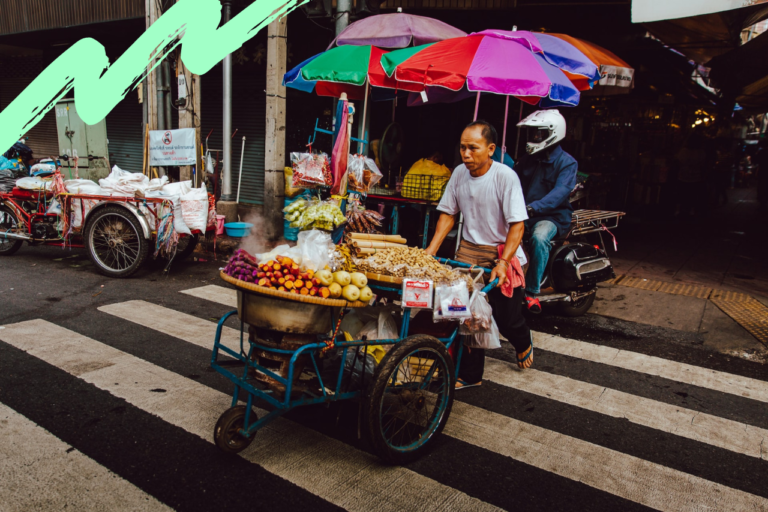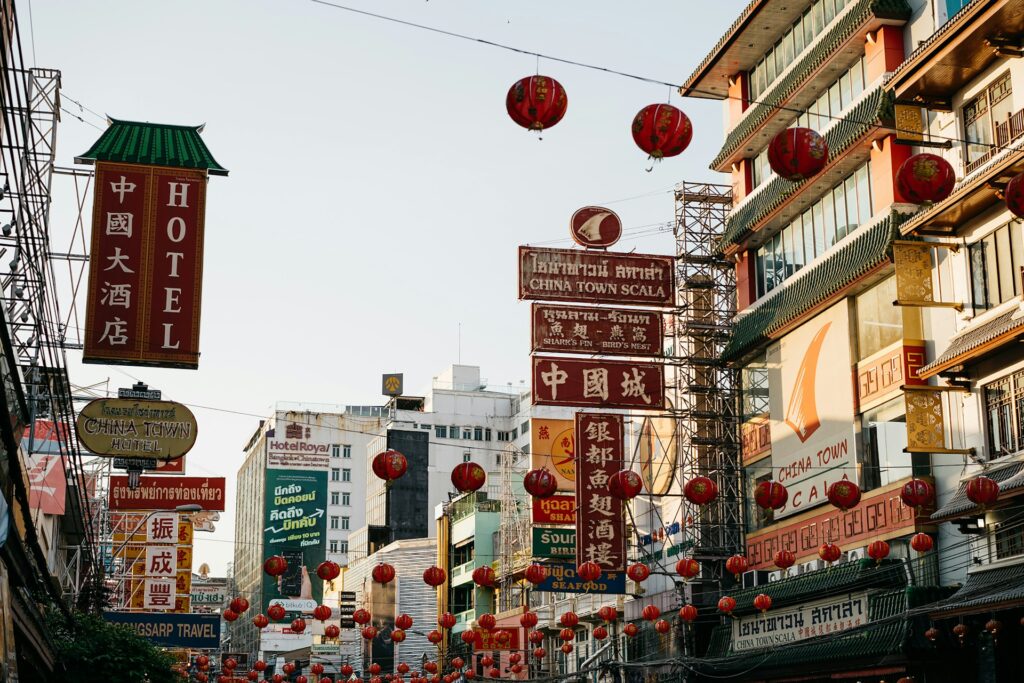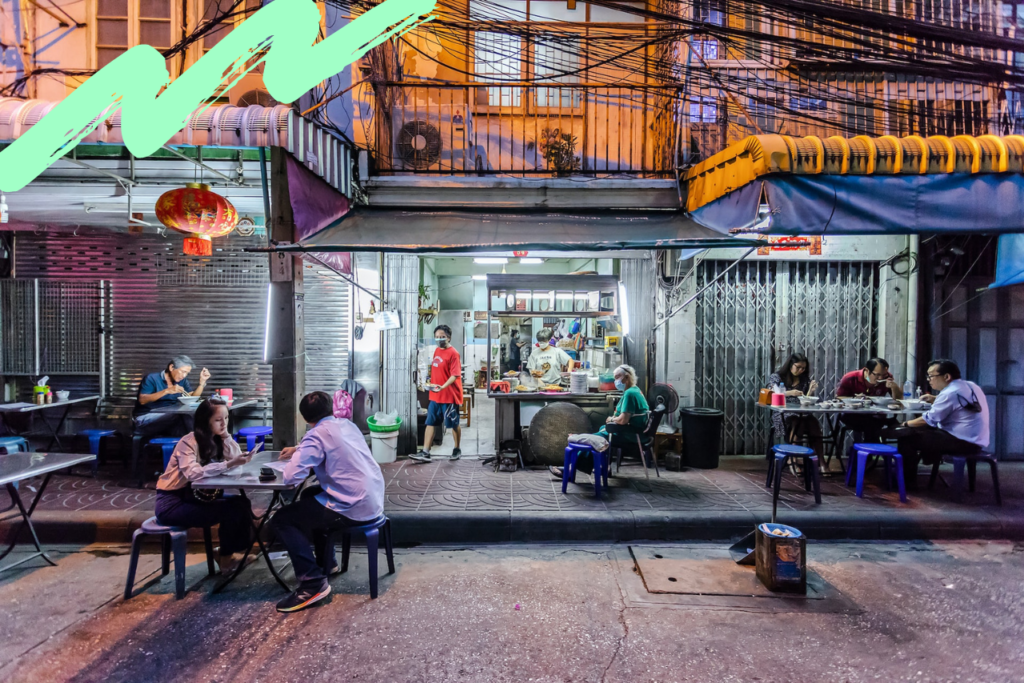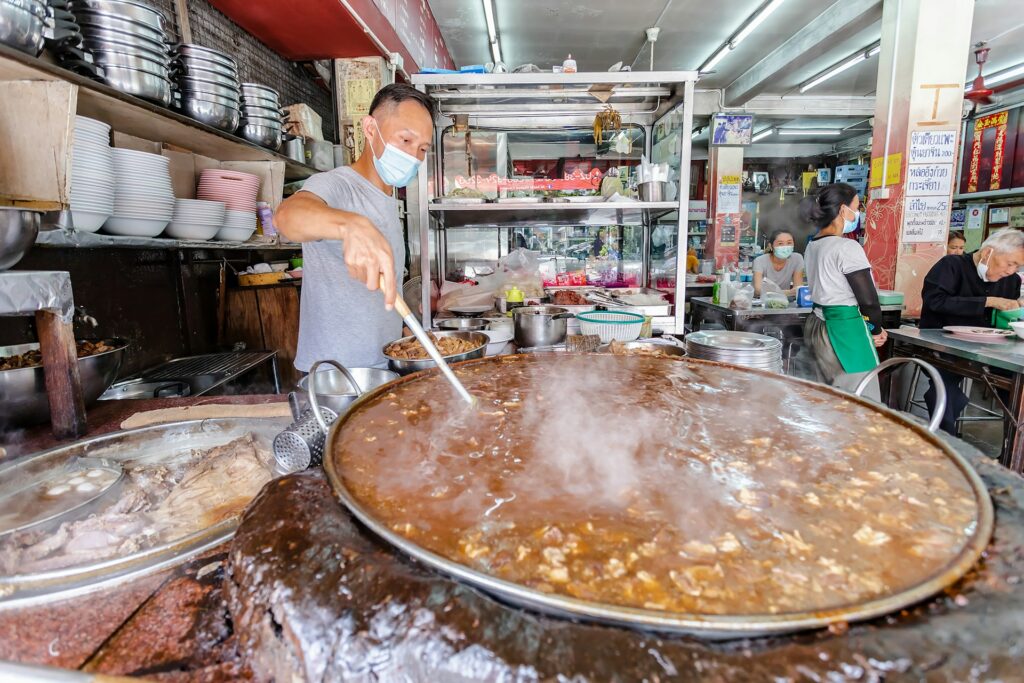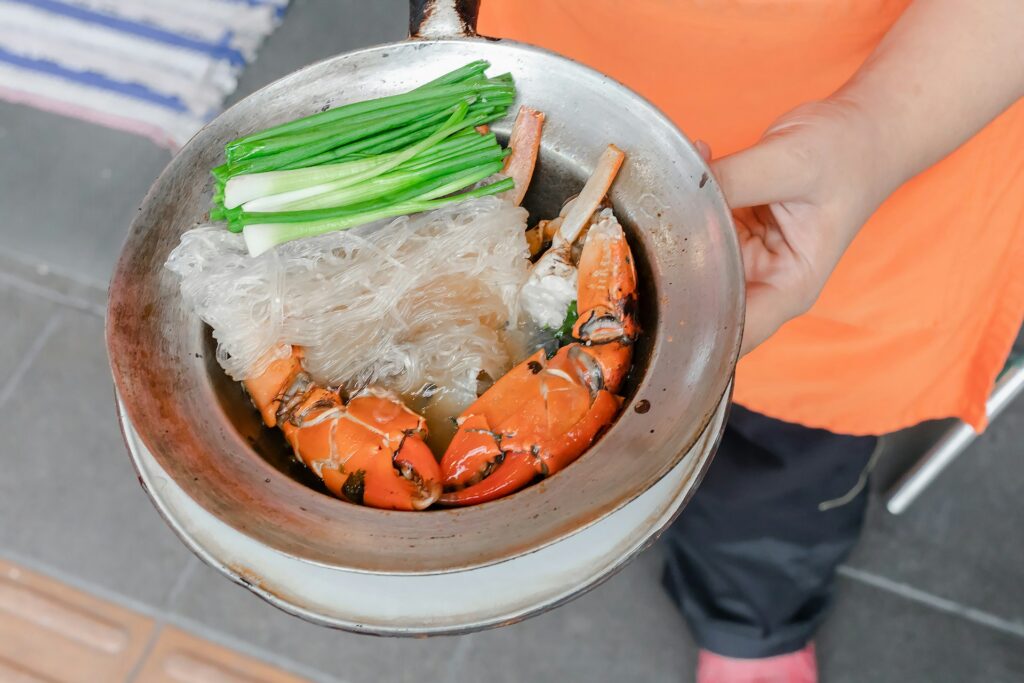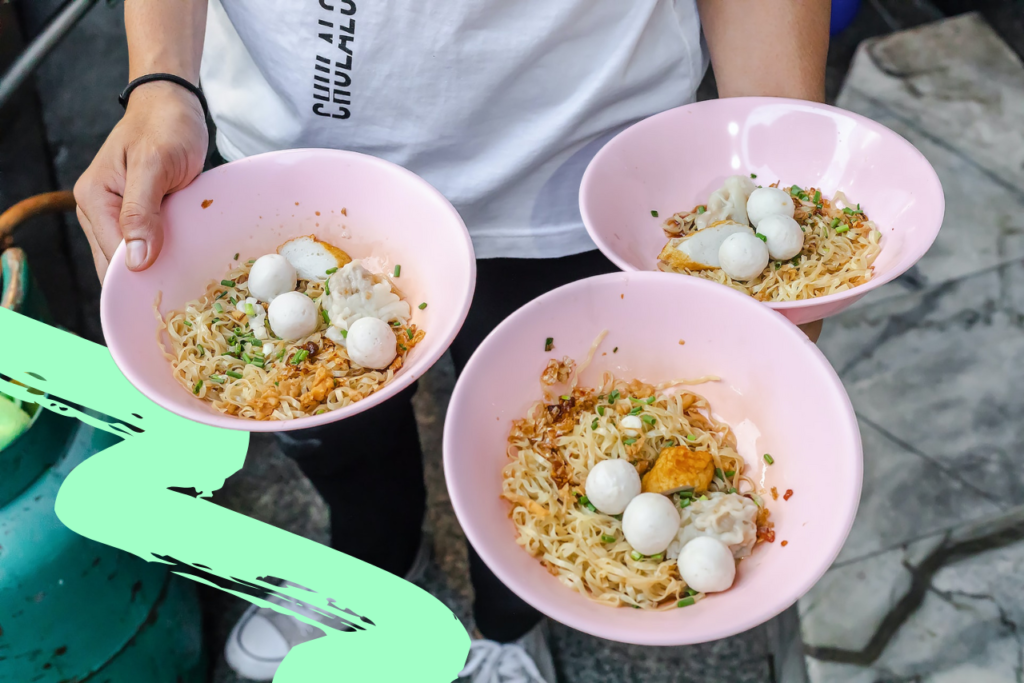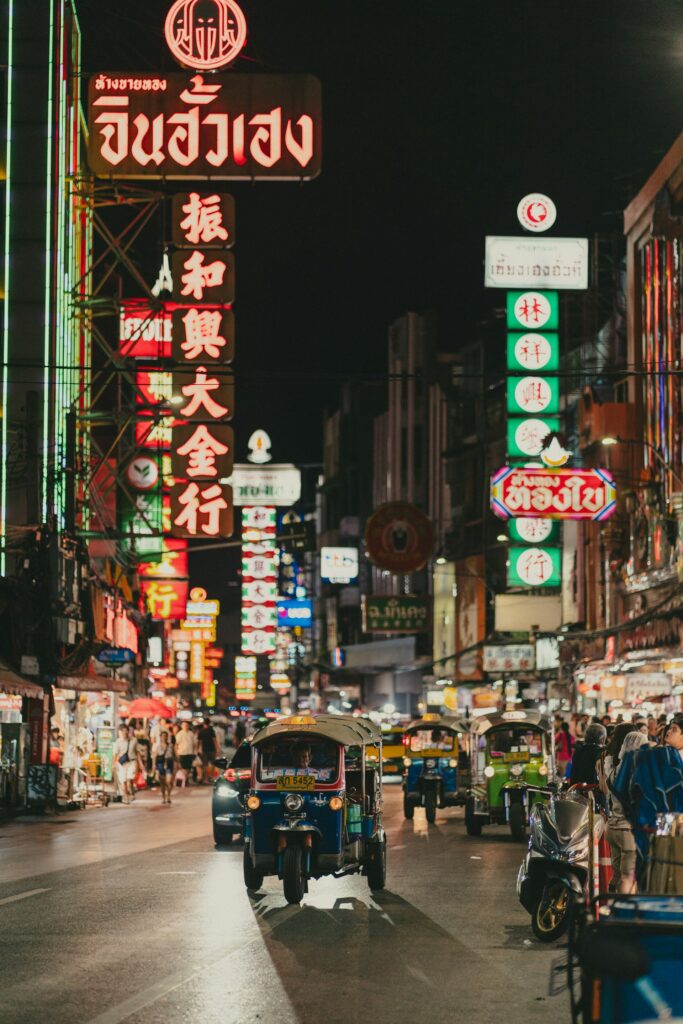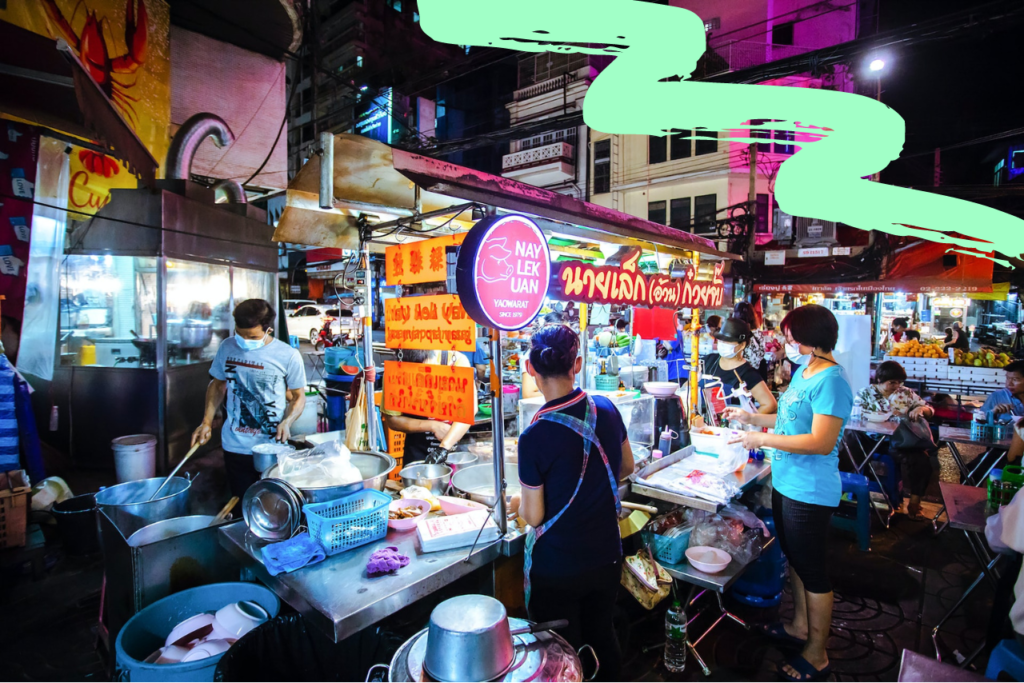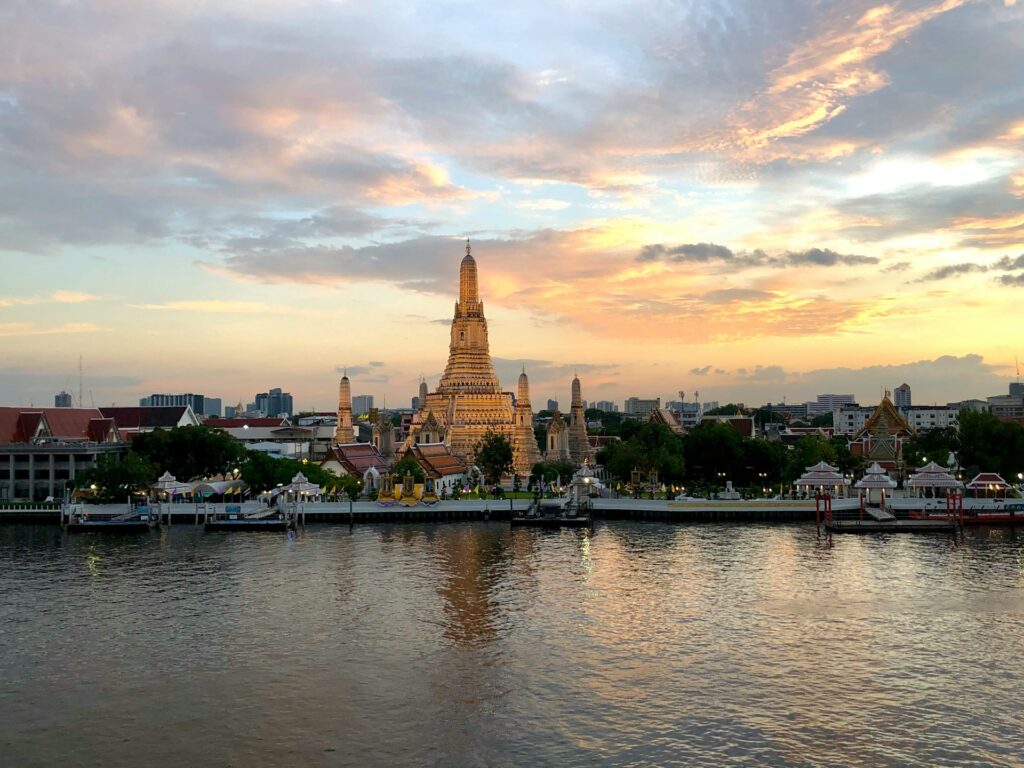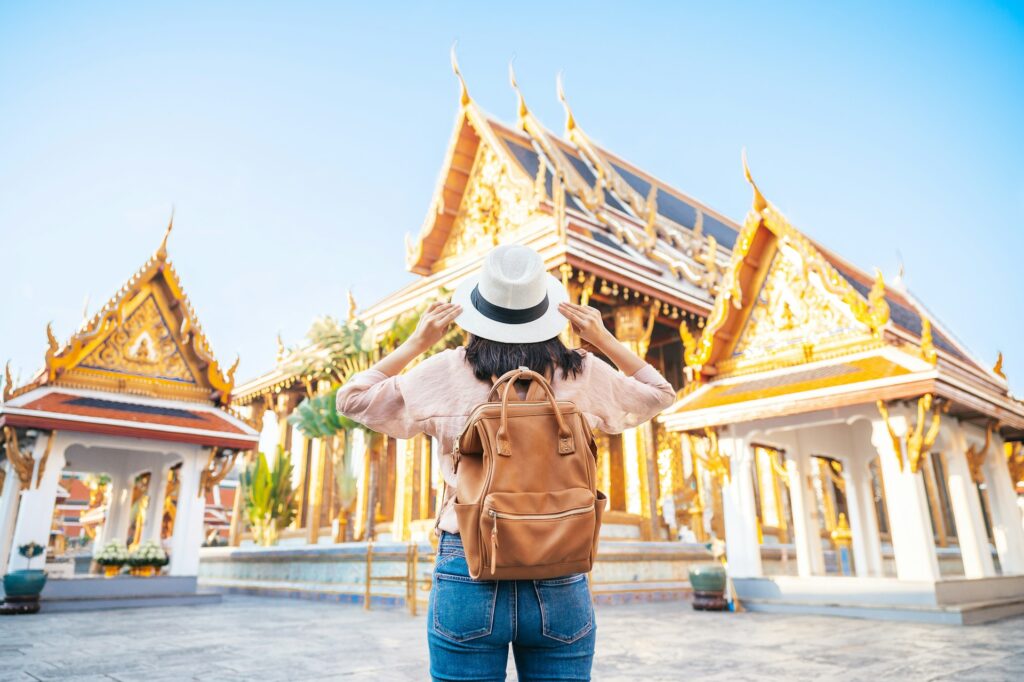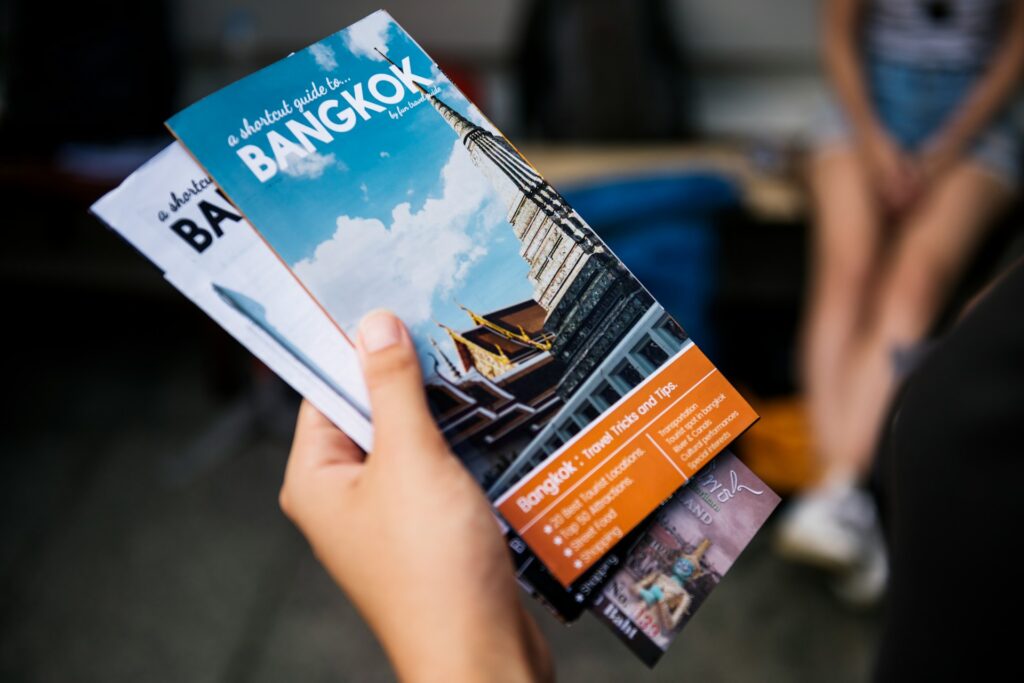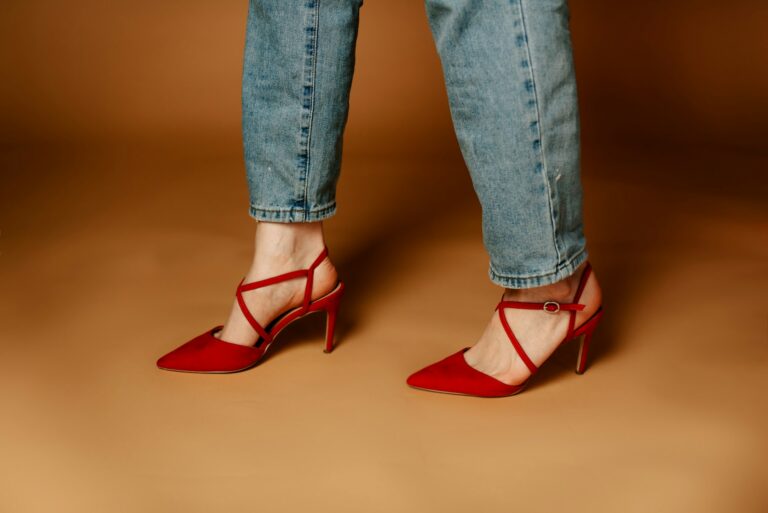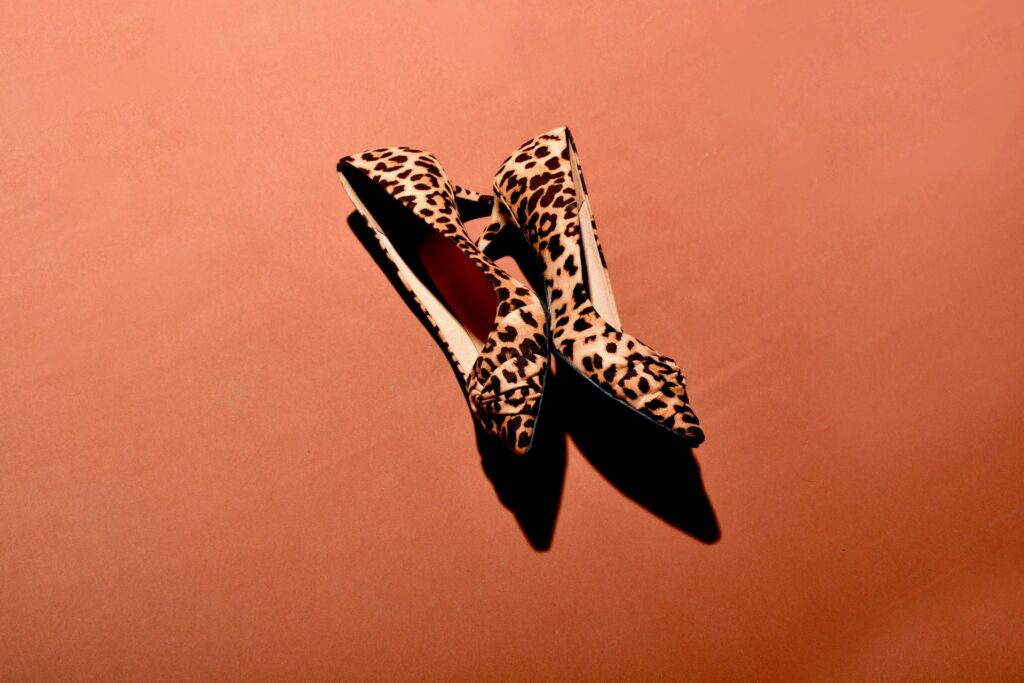Colombo, the bustling capital city and the first impression to many travellers of Sri Lanka tourism, is a vibrant blend of old and new, of the laid-back and the thrusting, where both traditional and colonial buildings stand alongside modern architecture, and serene Buddhist temples coexist with lively street markets.
With just 48 hours to explore this dynamic city, you’ll want to make every moment count. Here’s your ultimate guide to enjoying a whirlwind weekend in Colombo.
The Best Areas To Stay In Colombo
According to Lonely Planet, when visiting Colombo choosing the right area to stay is crucial to ensure you have a comfortable base from which to explore the city. Whether you’re looking for luxury accommodation, budget-friendly options, or a place that’s in the heart of all the action, Colombo has a neighbourhood to suit your needs. Here are some of the best areas to stay in Colombo, each with its unique charm and attractions.
Fort Area: The Heart Of The Action
For those who want to be in the centre of it all, the Fort area is the place to be. As the city’s business and commercial hub, it’s bustling during the day and offers easy access to many of Colombo’s landmarks.
The area is home to a range of accommodations, from high-end hotels like the Shangri-La Colombo and the Kingsbury Hotel to more budget-conscious options. Staying here means you’re within walking distance of the Dutch Hospital Shopping Precinct, the World Trade Center, and various colonial buildings and offices.
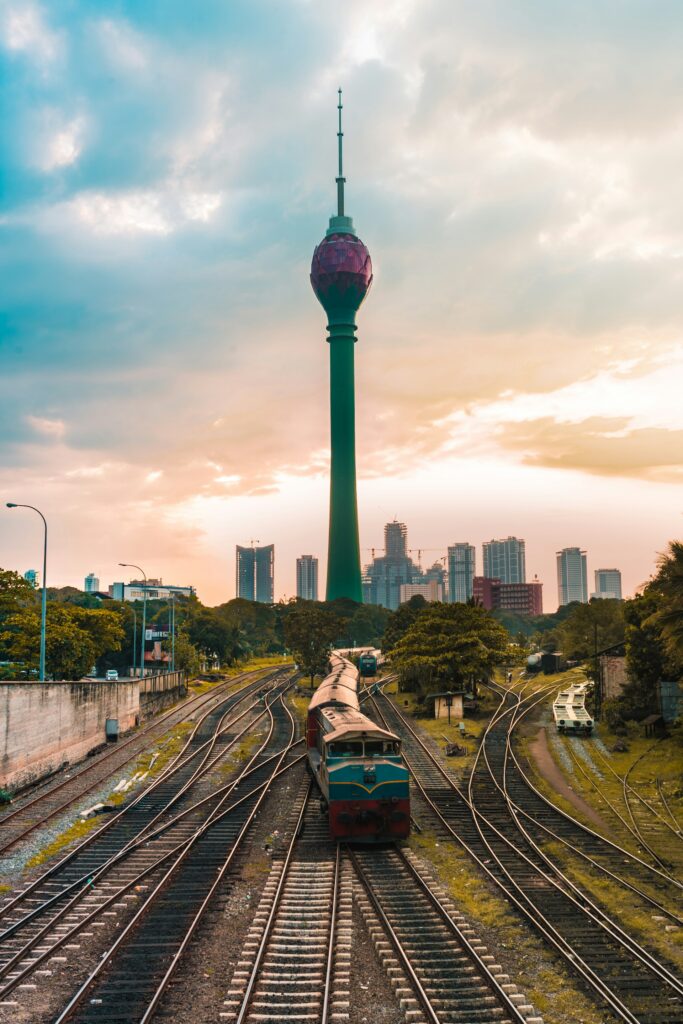
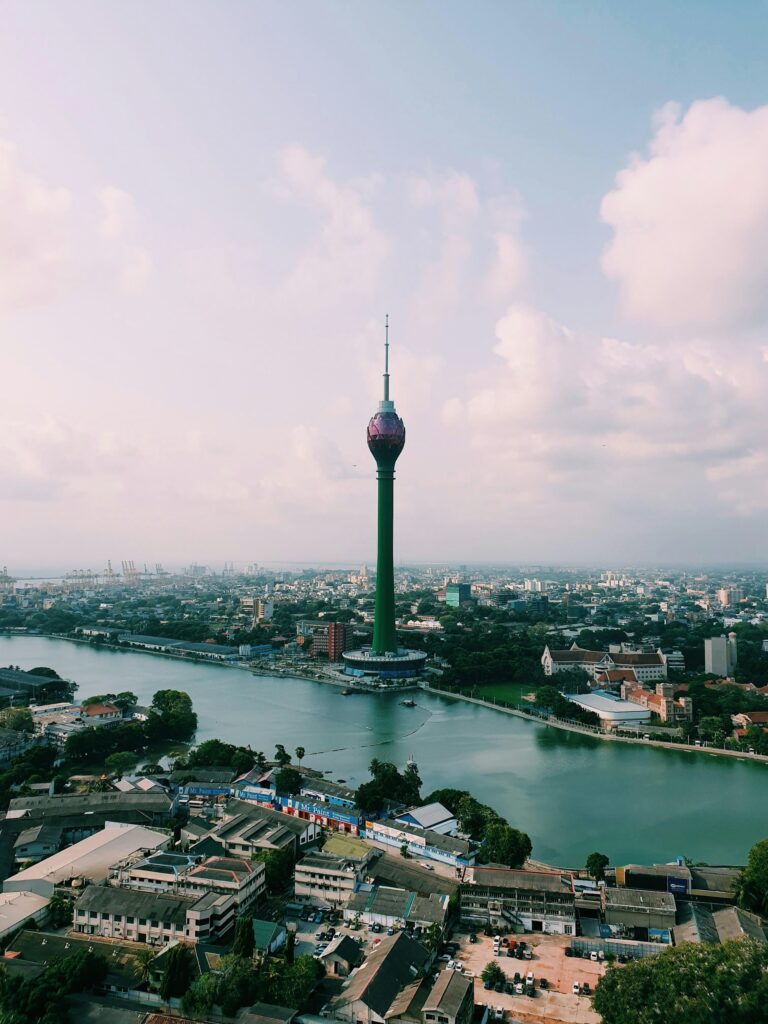
Cinnamon Gardens: Upscale & Serene
Cinnamon Gardens is one of Colombo’s most prestigious neighbourhoods, known for its tree-lined avenues and elegant homes, and as being home to some of the best hotels in Sri Lanka. It’s a great choice for those seeking a quieter, more upscale experience. The area boasts boutique hotels and bed-and-breakfasts that offer a more personalised stay. It’s also close to several diplomatic missions, the National Museum, and beautiful parks like Viharamahadevi Park, making it ideal for leisurely strolls and cultural excursions.
Kollupitiya (Colombo 03): Modern Conveniences
Kollupitiya, or Colombo 03, is a bustling commercial district with a mix of shopping malls, restaurants, and office buildings. It’s a convenient location for travellers who want modern amenities and easy access to both the beach and city attractions.
Hotels in this area range from the luxurious Taj Samudra to more affordable guesthouses. The neighbourhood is also home to the famous Galle Face Green, where locals gather to enjoy the ocean breeze and street food.

Bambalapitiya (Colombo 04): Coastal Charm
For those looking to stay close to the sea, Bambalapitiya offers a charming coastal experience. This residential area has a more laid-back vibe and is known for its stretch of seaside promenade, the Marine Drive, where you can enjoy stunning sunsets. Accommodations here are varied, with many seaside hotels and apartments available for rent. It’s also a great area for seafood lovers, with many restaurants serving up the day’s fresh catch.
Read: 5 tips for a sustainable holiday to Sri Lanka


Wellawatte (Colombo 06): Budget-Friendly & Cultural
Wellawatte is a vibrant neighbourhood with a strong Tamil community, offering a different cultural perspective on the city. It’s an excellent choice for budget travellers, with numerous affordable hotels and guesthouses. The area is known for its textile shops and the Wellawatte beach, which, while not ideal for swimming due to strong currents, is a nice spot for an evening walk. The neighbourhood’s eateries serve up delicious and authentic South Indian cuisine.
Mount Lavinia: Beachside Bliss
A bit further from the city centre is Mount Lavinia, a suburban neighbourhood known for its beautiful beach and the colonial-era Mount Lavinia Hotel. This area is perfect for those who want a more relaxed, beachside atmosphere while still being within a reasonable distance from the city’s attractions. The area has a range of accommodation options, from luxury hotels to cosy beachside hostels and guesthouses.
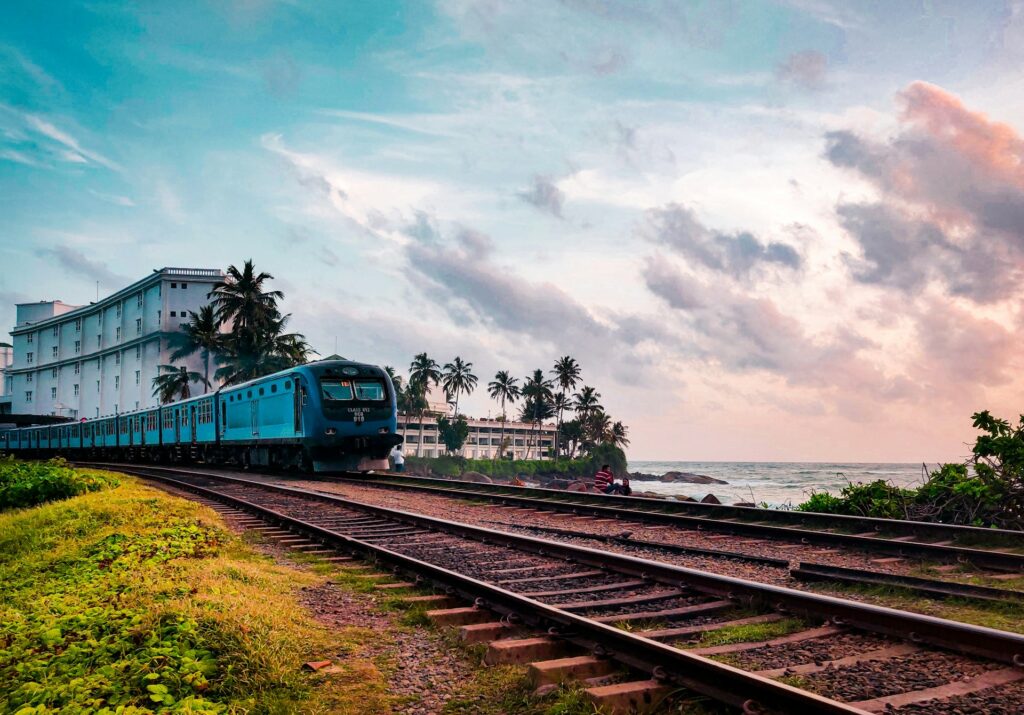
Rajagiriya: Suburban Comfort
Rajagiriya lies on the outskirts of Colombo and is an emerging residential area that offers a peaceful escape from the city’s hustle and bustle. With new high-rise apartments and hotels offering panoramic views of the city and the Diyawanna Lake, it’s a great area for those who want a blend of comfort and tranquillity. It’s also conveniently located near the Parliament complex and has easy access to the expressway leading to the airport.
Now we’ve got our perfect launchpad and anchor for a weekend in Colombo, let’s get to it and get exploring…
Day 1: Discovering The Heart Of Colombo
Morning: A Walk Through History
Start your day early with a visit to the historic Fort area. Once a fort during the Portuguese and Dutch colonial periods, it’s now the commercial heart of the city. Wander through the streets and admire the grand colonial-era buildings like the Old Parliament Building and the Dutch Hospital Shopping Precinct, which is now a hub for dining and shopping.
For breakfast, stop by one of the local cafes in the Fort area and indulge in a traditional Sri Lankan breakfast of string hoppers, spicy curry, and dhal (lentil soup).
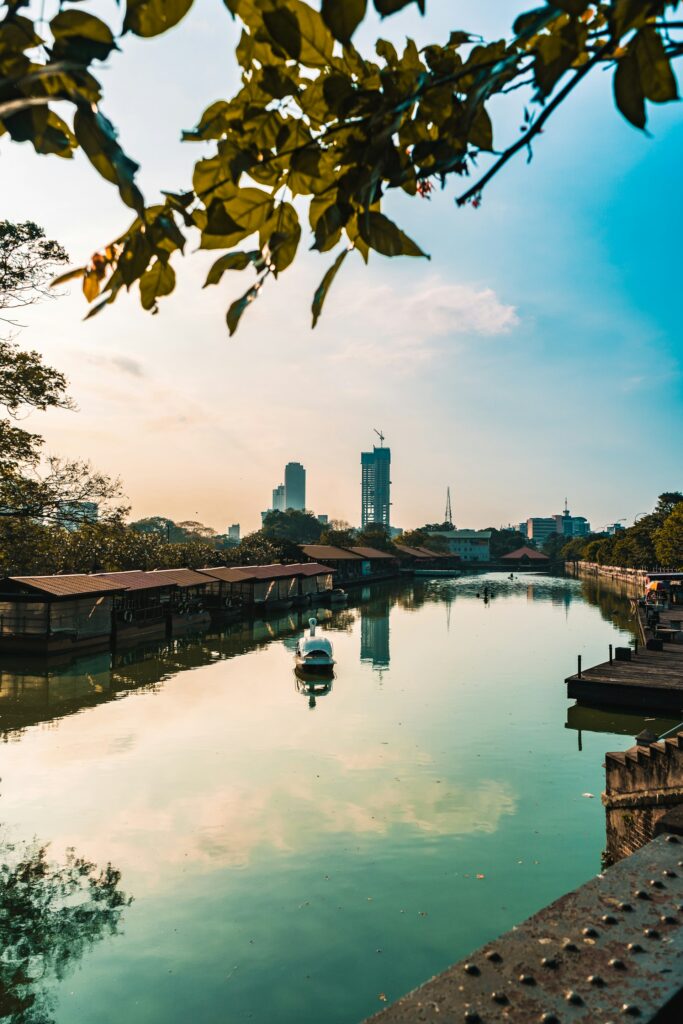

Midday: Art and Culture Fix
Head to the National Museum of Colombo for a dose of Sri Lankan history and culture. The museum, housed in a beautiful white colonial building, showcases ancient artifacts, thrones, carvings, and the regalia of Sri Lankan royalty.
After soaking in the history, make your way to the Gallery Café for lunch. This chic eatery, located in a former office of world-renowned architect Geoffrey Bawa, offers a fusion of international and local flavours. Don’t miss out on their famous Black Pork Curry and the divine dessert selection.
Afternoon: Serenity Amidst The Bustle
Escape the afternoon heat by visiting the Seema Malaka Temple, designed by Geoffrey Bawa. This tranquil temple, floating on Beira Lake, is the perfect place for quiet reflection. The temple’s design, with its low-slung platforms and pavilions connected by pontoon-like bridges, is a modern interpretation of traditional Sri Lankan architecture.
Evening: Sunset and Seafood
As the sun begins to set, make your way to Galle Face Green, a long stretch of green lawn facing the Indian Ocean. It’s a popular spot for locals and tourists alike to enjoy street food, fly kites, or simply watch the sunset.
For dinner, head to one of the seafood restaurants along the oceanfront. Ministry of Crab, located in the Old Dutch Hospital, is a must-visit for seafood lovers. Their garlic chili crab is a mouthwatering treat that you won’t forget.
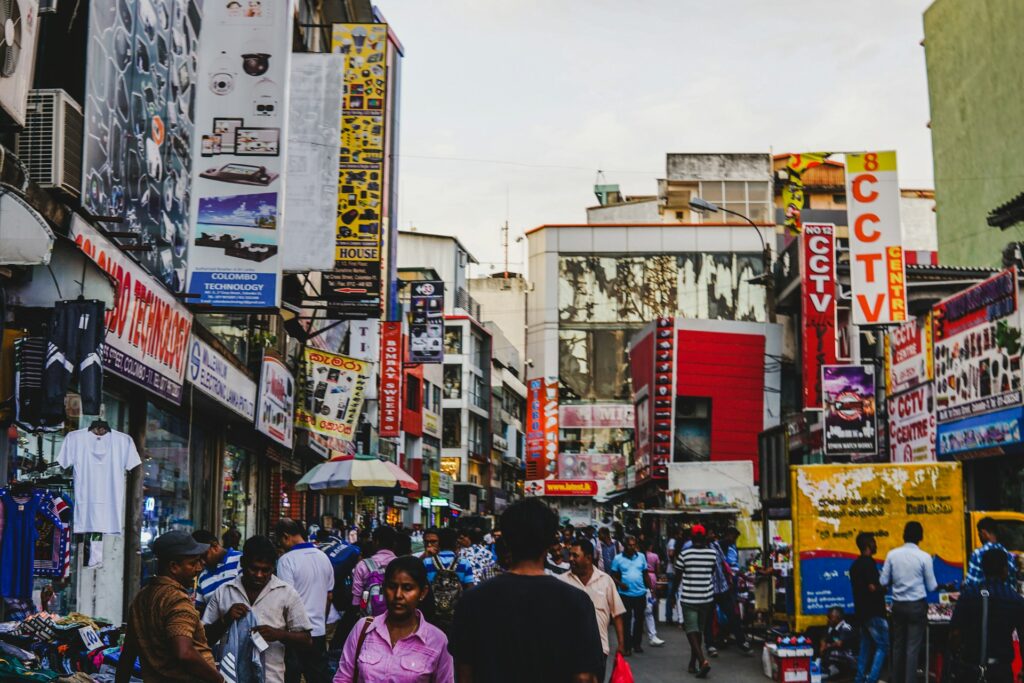
Day 2: The Urban Explorer’s Day Out
Morning: Market Buzz and Brunch
Kick off your second day at the Pettah Market. This open-air bazaar is a sensory overload with its colorful array of goods, from fresh produce and spices to textiles and electronics. It’s a great place to pick up souvenirs and gifts. Also in Pettah, the Jami Ul-Alfar Mosque is an awe-inspiring sight.
After exploring the market, enjoy a leisurely brunch at Barefoot Garden Café, nestled in the courtyard of a charming lifestyle store. Their menu offers a range of delicious options, including fresh juices and the best carrot cake in town.
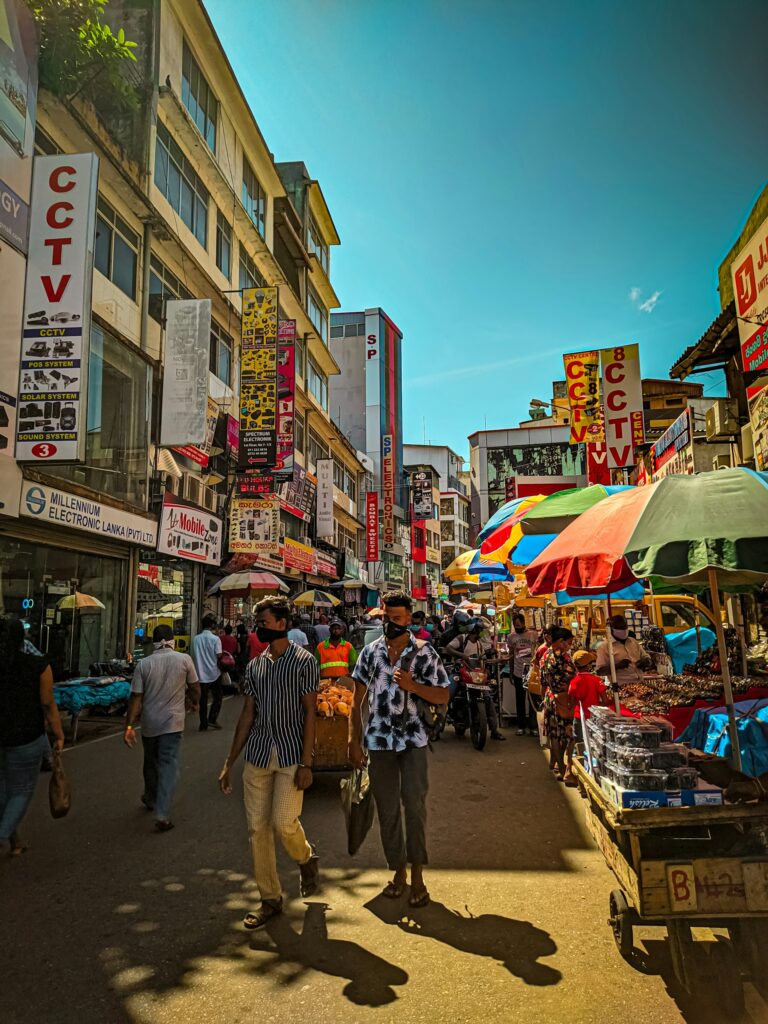
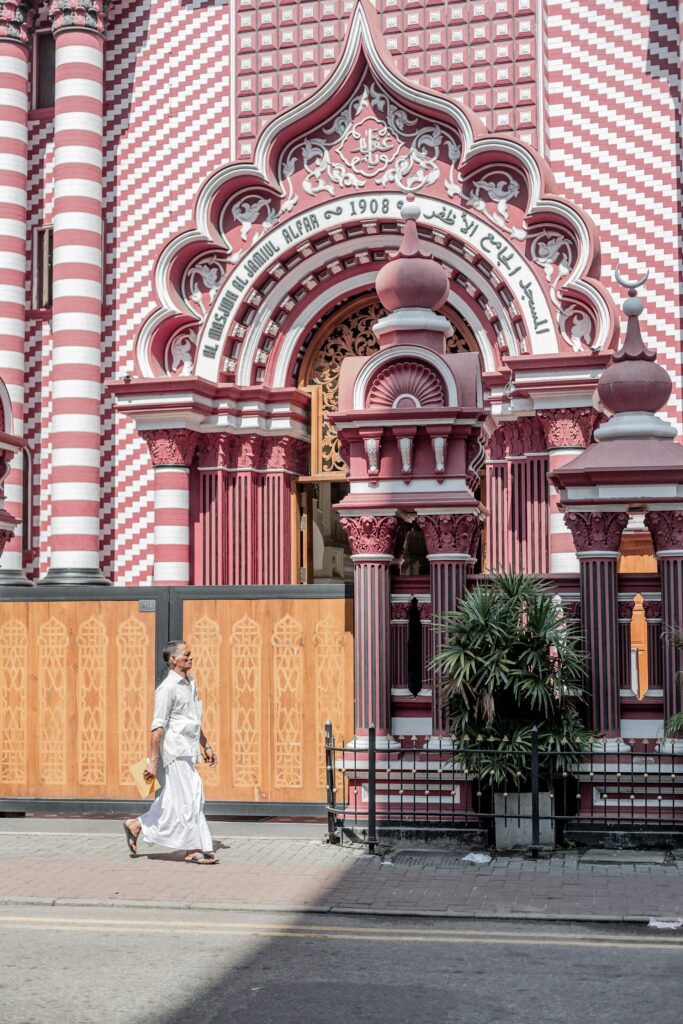
Midday: Colonial Charms and High Tea
Post-brunch, take a stroll in the Cinnamon Gardens. This upscale neighborhood is named after the former cinnamon plantations in the area. Here, you’ll find the Colombo Town Hall, Viharamahadevi Park, and several art galleries and boutiques.
In the afternoon, treat yourself to a traditional high tea at the Galle Face Hotel, one of the oldest hotels east of the Suez. Sip on Ceylon tea and nibble on delicate pastries and sandwiches while enjoying the ocean view.
Afternoon: A Touch of Local Life
As the day cools down, visit the Bellanwila Rajamaha Viharaya, a temple known for its annual Esala Perahera festival. The temple’s serene atmosphere provides a spiritual counterpoint to the bustling city life.
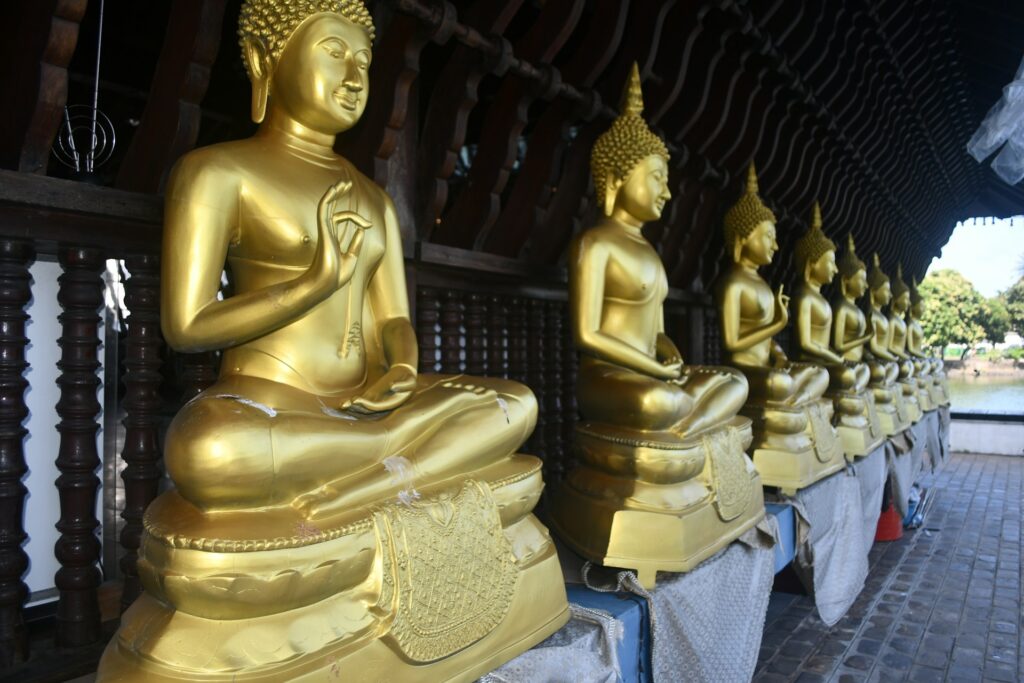
Evening: Nightlife and Nostalgia
For your final evening, explore Colombo’s nightlife. The Dutch Hospital Precinct comes alive at night with its array of bars and restaurants. Enjoy a cocktail at Colombo Fort Café and soak in the ambiance of this historic setting.
If you’re in the mood for some late-night entertainment, check out a performance at the Nelum Pokuna Mahinda Rajapaksa Theatre, a striking lotus-shaped building that hosts a variety of cultural shows.
Culinary Delights & A Fond Farewell
Before you say goodbye to Colombo, have an early dinner at Upali’s by Nawaloka, where you can savour authentic Sri Lankan cuisine in a homely setting. Try the lamprais, a Dutch-Burgher influenced dish that’s a delightful package of rice, meat, and sambols wrapped in a banana leaf.
The Bottom Line
As you head to the airport, reflect on the rich tapestry of experiences Colombo has offered. From its delicious food and rich history to its warm people and vibrant culture, this city is a treasure trove for the urban explorer. Though 48 hours is hardly enough to uncover all its secrets, it’s certainly enough time to fall in love with its charm and promise yourself a return visit.

